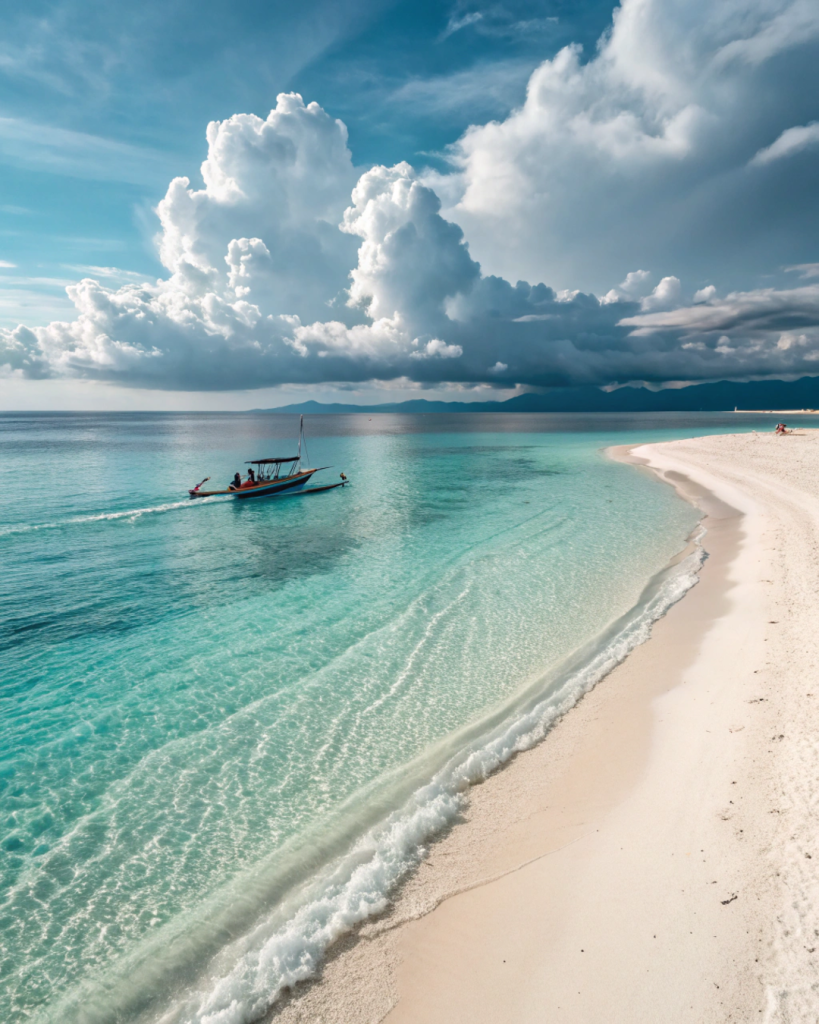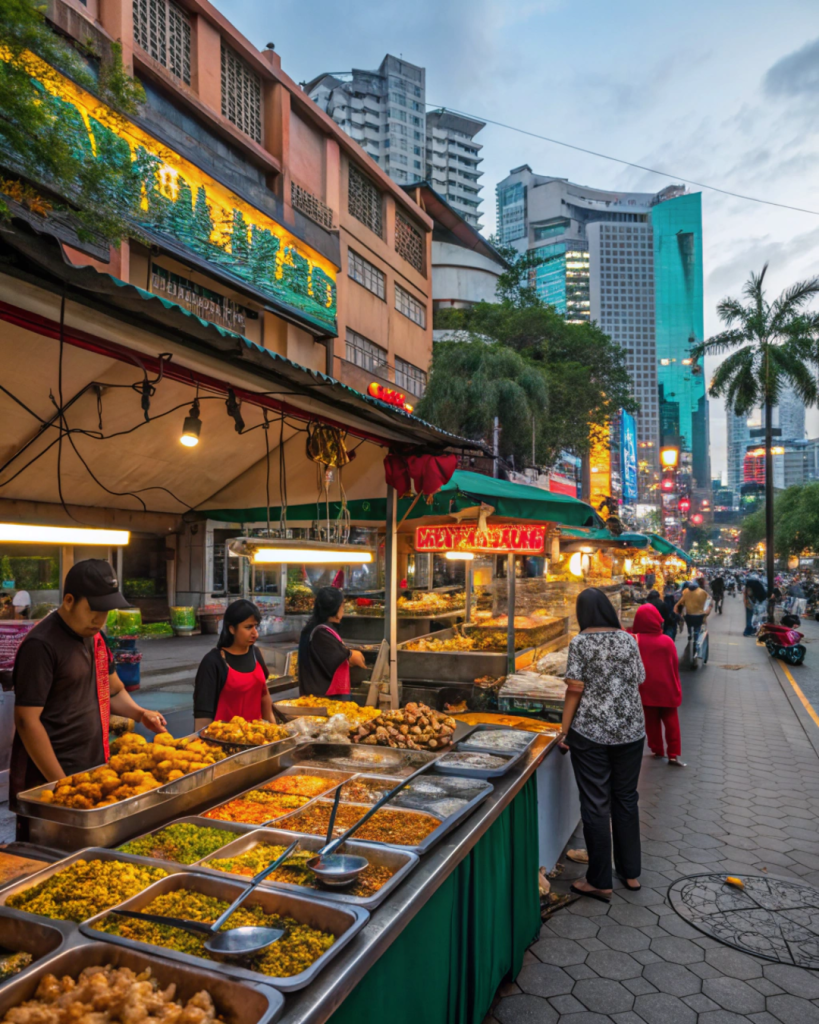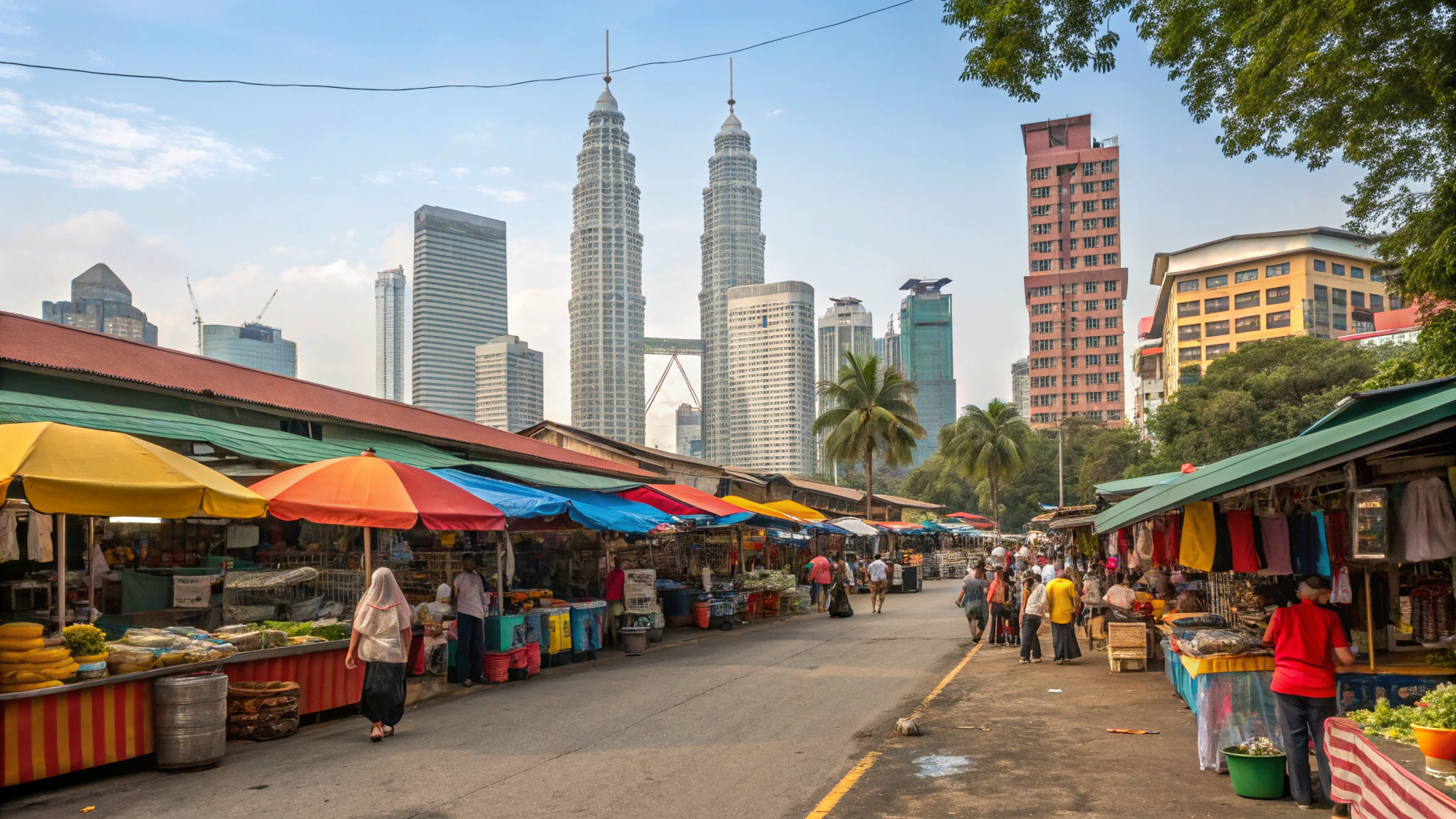As I sat on the bustling streets of Kuala Lumpur, sipping on a steaming cup of teh tarik, I couldn’t help but think of my previous adventures in Indonesia. The vibrant cultures, the mouth-watering cuisine, and the warm hospitality of both countries had left me torn. Which one was better? Malaysia or Indonesia? In this article, I’ll delve into the details of both countries, providing you with essential visitor information to help you decide which one suits your travel style.
When to Visit
Both Malaysia and Indonesia are year-round destinations, but the best time to visit depends on the region.
- Malaysia: The west coast, including Kuala Lumpur and Penang, is best visited during the dry season (December to February). The east coast, including Kota Bharu and Kuantan, is better suited for the months of March to October.
- Indonesia: The dry season, which runs from May to September, is the best time to visit Indonesia. However, if you’re looking to avoid the crowds, consider visiting during the shoulder season (April to May or September to November).
Getting There
Both Malaysia and Indonesia have well-connected international airports, making it easy to get to either country.
- Malaysia: Kuala Lumpur International Airport (KUL) is the primary entry point, with flights connecting to major cities worldwide.
- Indonesia: Soekarno-Hatta International Airport (CGK) in Jakarta is the main gateway, with flights to and from major cities globally.
Costs
Both Malaysia and Indonesia offer affordable options for travelers, but prices can vary depending on the location and time of year.
- Malaysia: Accommodation prices start from around RM 50 (USD 12) for a budget-friendly hostel, while meals can cost between RM 10-20 (USD 2.50-5) for a street food meal.
- Indonesia: Hostel prices begin at approximately IDR 100,000 (USD 7) per night, and meals can cost between IDR 10,000-20,000 (USD 0.70-1.40) for a traditional warung meal.
Where to Stay
Both Malaysia and Indonesia offer a wide range of accommodation options to suit various budgets.
- Malaysia: Kuala Lumpur, Penang, and Cameron Highlands are popular destinations with numerous hotels, hostels, and guesthouses. You can also consider staying in traditional Malay villages or eco-lodges for a unique experience.
- Indonesia: Jakarta, Bali, and Yogyakarta are top destinations with a variety of accommodation options. Consider staying in a beachfront resort in Bali, a colonial-style hotel in Jakarta, or a Javanese-style guesthouse in Yogyakarta.
Some popular accommodation options include:
- Budget: Hostels like Reggae Mansion in Kuala Lumpur or Puri Lumbung Cottages in Munduk, Bali
- Mid-range: Hotels like Hotel Maya in Kuala Lumpur or Hotel Puri Asri in Yogyakarta
- Luxury: Resorts like the Four Seasons Resort in Langkawi or the Oberoi in Bali
Must-see Places

Both Malaysia and Indonesia are home to a wealth of cultural, historical, and natural attractions.
- Malaysia:
- Batu Caves in Kuala Lumpur
- Georgetown in Penang
- Taman Negara National Park
- Perhentian Islands
- Indonesia:
- Borobudur Temple in Magelang
- Prambanan Temple in Yogyakarta
- Uluwatu Temple in Bali
- Komodo National Park
Some off-the-beaten-path destinations include:
- Malaysia: The tea plantations in Cameron Highlands, the ancient rainforest in Belum-Temengor, or the laid-back Perhentian Islands
- Indonesia: The crater lakes of Bandung, the traditional villages of Sumba, or the stunning beaches of Raja Ampat
Food Recommendations

Malaysian and Indonesian cuisine share many similarities, with a focus on spicy flavors, fresh ingredients, and street food.
- Malaysia:
- Try the national dish, nasi lemak, at a street stall or restaurant
- Sample the popular char kway teow at a hawker center
- Enjoy a traditional Malay breakfast at a local café
- Indonesia:
- Savor the spicy flavors of nasi goreng at a warung
- Try the popular satay at a street food stall
- Indulge in a traditional Javanese feast at a local restaurant
Some popular local drinks include:
- Malaysia: Teh tarik, a sweet and creamy tea, or kopi o, a strong and rich coffee
- Indonesia: Kopi tubruk, a traditional coffee, or es teler, a refreshing coconut drink
Local Tips
To make the most of your trip, here are some local tips:
- Malaysia:
- Learn some basic Malay phrases, such as “terima kasih” (thank you) and “selamat pagi” (good morning)
- Respect local customs and traditions, especially when visiting mosques or temples
- Try to avoid traveling during peak hours (7-9 am and 4-7 pm) to avoid traffic congestion
- Indonesia:
- Learn some basic Indonesian phrases, such as “terima kasih” (thank you) and “selamat pagi” (good morning)
- Respect local customs and traditions, especially when visiting temples or attending cultural events
- Be prepared for crowds and chaos, especially in popular tourist areas
Nearby Places to Visit
Both Malaysia and Indonesia are strategically located near other exciting destinations in Southeast Asia.
- Malaysia:
- Singapore: A modern and vibrant city-state with a blend of Asian and Western cultures. (Approx. 5-hour drive or 1-hour flight)
- Thailand: A popular destination known for its stunning beaches, delicious cuisine, and rich culture. (Approx. 4-hour drive or 1.5-hour flight to Hat Yai or Bangkok)
- Brunei: A small, oil-rich country with a unique blend of Malay and Islamic cultures. (Approx. 2-hour drive or 1-hour flight)
- Indonesia:
- East Timor: A young and vibrant country with a rich cultural heritage and stunning natural beauty. (Approx. 2-hour flight)
- Papua New Guinea: A country with incredible cultural diversity and breathtaking natural landscapes. (Approx. 4-hour flight)
- The Philippines: A popular destination known for its beautiful beaches, vibrant culture, and friendly locals. (Approx. 4-hour flight)
Malaysia and Indonesia are two incredible countries that offer a wealth of cultural, historical, and natural attractions. From the bustling streets of Kuala Lumpur to the stunning beaches of Bali, there’s something for every kind of traveler. While both countries share many similarities, they each have their unique charm and character.
Whether you’re a foodie, an adventure-seeker, or a culture vulture, Malaysia and Indonesia are must-visit destinations in Southeast Asia. So, which one should you choose? Ultimately, it depends on your personal preferences and travel style.
If you’re looking for a more urban experience with a blend of Asian and Western cultures, Malaysia might be the better choice. If you prefer a more laid-back, tropical vibe with a rich cultural heritage, Indonesia could be the way to go.
Frequently Asked Questions (FAQs)
Here are some frequently asked questions about traveling to Malaysia and Indonesia:
Q: Do I need a visa to enter Malaysia or Indonesia?
A: Citizens of many countries, including the US, UK, and Australia, can enter Malaysia visa-free for up to 90 days.
Indonesia offers visa-free entry for up to 30 days for citizens of certain countries, while others can obtain a visa on arrival.
Q: What vaccinations do I need for Malaysia and Indonesia?
A: Consult your doctor or a travel clinic to determine the necessary vaccinations for travel to Malaysia and Indonesia. Typically, hepatitis A, typhoid, and rabies vaccinations are recommended.
Q: Is it safe to travel to Malaysia and Indonesia?
A: Both Malaysia and Indonesia are generally safe countries to visit, but petty crime and scams can occur. Take necessary precautions to protect yourself and your belongings.
Q: Can I use credit cards and ATMs in Malaysia and Indonesia?
A: Major credit cards and ATMs are widely accepted in Malaysia and Indonesia, especially in tourist areas. However, it’s always a good idea to have some local currency on hand.
Q: What is the local currency in Malaysia and Indonesia?
A: The local currency in Malaysia is the Malaysian ringgit (MYR), while in Indonesia, it’s the Indonesian rupiah (IDR).
Q: Can I drink tap water in Malaysia and Indonesia?
A: It’s generally not recommended to drink tap water in Malaysia and Indonesia. Stick to bottled or filtered water to stay safe.
Q: What are the most important cultural norms to respect in Malaysia and Indonesia?
A: Both Malaysia and Indonesia are predominantly Muslim countries. Respect local customs by dressing modestly, removing your shoes when entering mosques or temples, and using your right hand when eating or giving/receiving objects.

